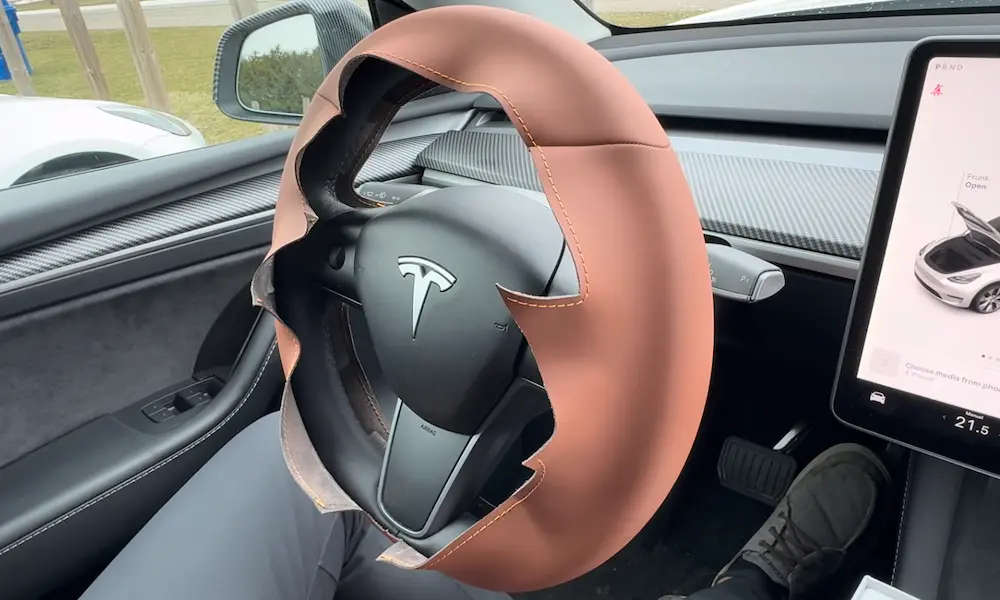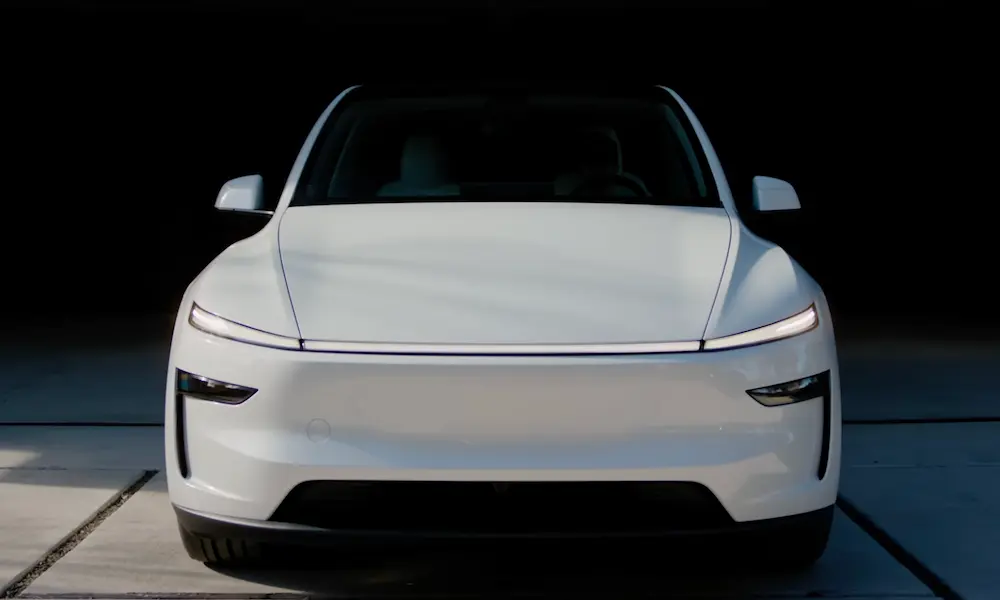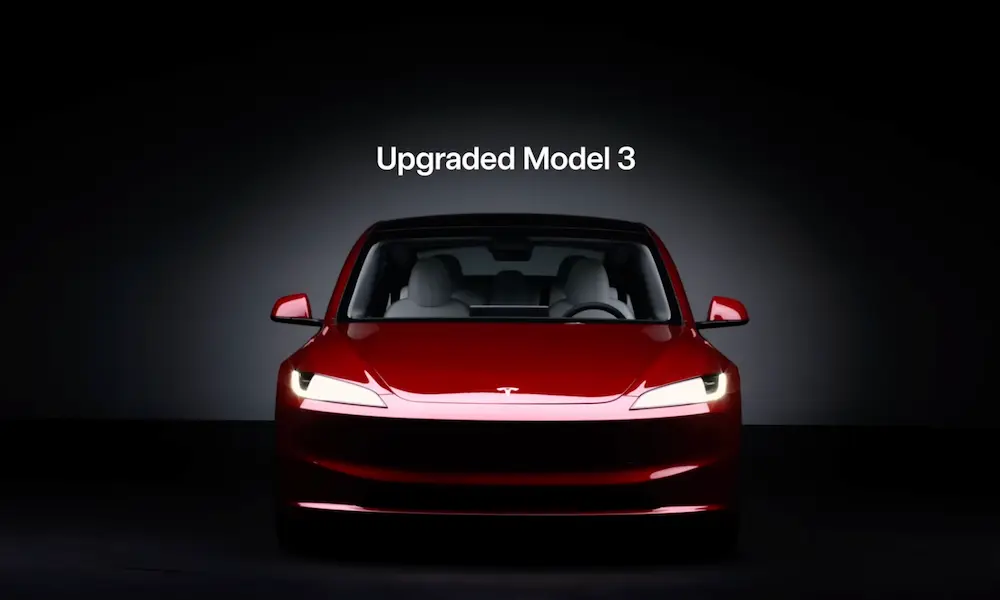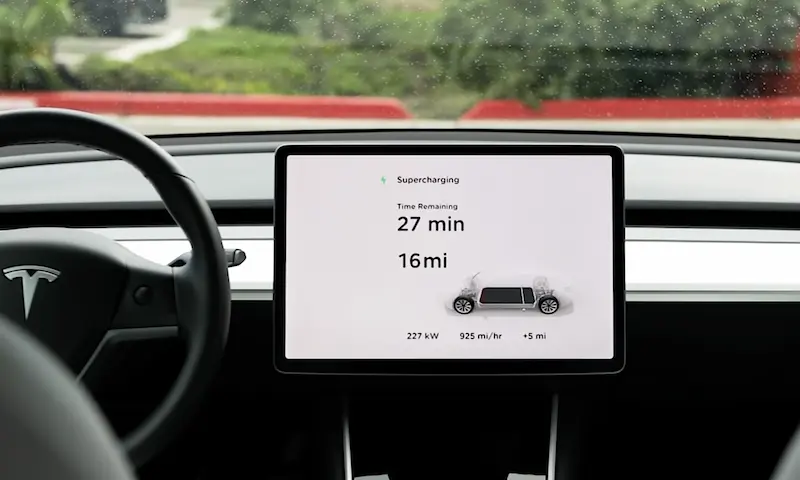You’re cruising along the highway, ready to engage Autosteer for that hands-free Tesla experience, when suddenly the message appears: “Autosteer Temporarily Unavailable.” It’s frustrating, especially when you’re counting on this feature for your journey. Let’s dive into why this happens and what you can do to get back to your semi-autonomous driving experience.
Why Is My Tesla Autosteer Not Working?
When your Tesla displays the “temporarily unavailable” message, it’s telling you that critical safety conditions aren’t being met. Your car isn’t broken – it’s just being cautious.
Camera and Sensor Obstructions
The most common culprit? Your Tesla’s cameras can’t see properly. Tesla’s Autopilot system relies heavily on clear camera visibility to function safely. When these cameras become blocked, Autosteer shuts down until visibility is restored.
Common camera obstructions include:
- Dirt, mud, or road salt buildup
- Snow or ice covering camera lenses
- Water droplets from rain
- Condensation inside camera housings
- Bug splatter on the front cameras
Weather and Lighting Conditions
Even with clean cameras, Mother Nature can still interfere with Autosteer functionality. Poor visibility conditions that commonly cause Autosteer to become unavailable include:
- Heavy rain or snowfall
- Dense fog
- Glare from bright sunlight
- Oncoming headlights at night
- Low light at dawn or dusk
Your Tesla needs to clearly see lane markings and surroundings to safely navigate. When weather reduces visibility, Autosteer intelligently disables itself as a precaution.
Road Condition Limitations
No lane markings? No Autosteer. Your Tesla requires clear, visible lane markings to keep you safely centered in your lane. Problems occur when:
- Lane lines are faded or missing
- Roads are under construction
- Lane markings are covered by snow
- You’re driving on extremely narrow roads
- You’re navigating complex intersections
Calibration Requirements
After certain service work or windshield replacements, your Tesla’s cameras need to recalibrate before Autosteer will work again. This calibration process requires driving 20-100 miles under good conditions before the system is ready for use.
During calibration, you’ll need:
- Clear weather
- Well-marked roads
- Moderate traffic conditions
- Daytime driving
Speed Violations
Exceed the speed limit while using Autosteer and you might lose access to the feature for the remainder of your drive. Tesla Vision-based vehicles have a maximum Autosteer speed of 85 mph, while older radar-equipped models can go up to 90 mph. Go beyond these limits, and you’ll need to park and restart your car to regain Autosteer functionality.
Quick Fixes for Autosteer Unavailability
Before calling service, try these troubleshooting steps that resolve most Autosteer issues:
Clean Your Cameras
The first and easiest fix is giving your cameras a quick cleaning. Tesla recommends regularly cleaning camera lenses before driving, especially in challenging weather.
Camera locations to check and clean:
- Front windshield above the rearview mirror
- Side pillars (B-pillars)
- Front fenders
- Rear license plate area
Use a soft, lint-free cloth with a small amount of water to gently wipe each lens. For stubborn dirt, try a small amount of isopropyl alcohol, but never use harsh cleaners or abrasive materials.
Perform a Soft Reboot
Many Autosteer issues can be resolved with a simple system restart. To perform a soft reboot:
- Put your car in Park
- Press and hold both scroll wheels on your steering wheel
- Hold until the screen goes black (about 10-15 seconds)
- Wait for the Tesla logo to appear and the system to restart
This quick reset often clears minor software glitches without affecting your driving settings or trip data.
Try a Full Vehicle Power Cycle
For more persistent issues, a complete power down might do the trick. To power cycle your Tesla:
- Park your vehicle in a safe location
- Go to Controls > Safety & Security > Power Off
- Wait at least 2 minutes without touching anything (no doors, pedals, or screen)
- Press the brake pedal or open a door to wake the vehicle
This deeper reset allows all vehicle systems to fully shut down and restart, which can resolve more stubborn software issues.
Check Your Headlight Settings
Some drivers have found that Autosteer may become unavailable when headlights are manually set to OFF instead of AUTO. This is especially true during low-light conditions. Make sure your headlights are set to AUTO before attempting to engage Autosteer.
Advanced Troubleshooting Methods
If basic fixes don’t solve your Autosteer issues, these more advanced methods might help:
Service Mode Camera Reset
Tesla provides a service mode that allows for more thorough camera system resets. To access this mode and reset your cameras:
- Go to Controls > Software
- Press and hold your Tesla model name
- Enter password: SERVICE
- Navigate to Driver Assist > Cameras
- Select “Reset DAS” (Driver Assistance System)
- Follow on-screen instructions to complete the reset
This procedure will force a complete recalibration of all cameras and sensors.
Deep Sleep for FSD Computers
For vehicles with Full Self-Driving capability, the FSD computer may need a complete reset. To force a deep sleep reset:
- Turn off Sentry Mode
- Exit the vehicle completely
- Lock the car and walk away
- Leave undisturbed for 30+ minutes
- Return and wake the vehicle normally
This extended power-down period allows the FSD computer to fully reset, which can resolve persistent Autosteer issues.
Camera Condensation Removal
If condensation has formed inside your camera housings, you’ll need to actively dry them out:
- Precondition your cabin to a warm temperature (75-80°F)
- Direct air vents toward door pillars where cameras are located
- Run climate control for 15-30 minutes
- Drive normally to allow airflow to help dry remaining condensation
In extreme cases, you might need to park in a dry, warm environment for several hours to completely eliminate moisture.
When Camera Calibration is Required
After certain events, your Tesla will need to complete a full camera calibration before Autosteer becomes available again:
What Triggers Calibration?
Several events can trigger the need for camera recalibration:
- Windshield replacement
- Camera replacement or service
- Autopilot computer replacement
- Significant body work or collision repair
- Software updates that improve camera functionality
How to Complete Calibration Successfully
To complete camera calibration efficiently:
- Drive on well-marked highways with clear lane lines
- Maintain speeds between 45-70 mph when possible
- Avoid extreme weather conditions
- Drive during daylight hours
- Continue driving until calibration completes (typically 20-25 miles, but can take up to 100)
A progress bar in your car’s settings will show calibration status. Be patient – rushing the process or driving in poor conditions will only extend calibration time.
Environmental Factors That Affect Autosteer
Understanding the environmental limitations of Autosteer helps set realistic expectations:
Road Marking Requirements
Autosteer performs best on roads with the following characteristics:
- Clear, high-contrast lane markings
- Standard lane widths (9-12 feet)
- Minimal road curvature
- Limited construction zones
- Minimal intersection frequency
Roads with faded, missing, or non-standard markings will often trigger temporarily unavailable messages.
Weather Impact Table
| Weather Condition | Impact Level | Likely Result |
|---|---|---|
| Light rain/snow | Moderate | Reduced speeds, possible warnings |
| Heavy rain/snow | Severe | Autosteer unavailable |
| Fog | Severe | Autosteer unavailable |
| Bright sunlight/glare | Moderate to Severe | Intermittent availability |
| Nighttime | Minimal to Moderate | Normal function on well-lit roads |
| Dust storms/smoke | Severe | Autosteer unavailable |
Temperature Extremes
Tesla’s cameras and computers have operating temperature limitations. In extreme conditions, Autosteer may become unavailable until temperatures normalize:
- Below-freezing temperatures can cause camera lens fogging
- Extreme heat can cause computer thermal throttling
- Rapid temperature changes can cause condensation inside camera housings
Preventive Maintenance for Reliable Autosteer
Keep Autosteer working reliably with these preventive measures:
Regular Camera Cleaning
Make camera cleaning part of your routine. A quick wipe of camera lenses before driving prevents many Autosteer issues before they start.
Items to keep handy:
- Microfiber cloths
- Small spray bottle with water
- Camera lens cleaning wipes
- Small soft brush for removing dirt
Software Update Management
Always keep your Tesla’s software current. Regular updates include improvements to Autopilot and Autosteer functionality, often addressing known issues or adding new capabilities.
Check for updates regularly by:
- Connecting to WiFi when parked
- Going to Controls > Software
- Checking for available updates
- Installing updates promptly when available
Autopilot Suspension Prevention
Avoid getting Autopilot “strikeouts” that can lead to temporary suspension of Autosteer. Five strikeouts result in a week-long suspension of Autosteer functionality.
To prevent strikeouts:
- Always keep your hands on the wheel when using Autosteer
- Apply slight steering force to let the system know you’re attentive
- Respond promptly to attention reminders
- Avoid using Autosteer on unsuitable roads
Common Autosteer Error Messages and Their Meanings
Understanding specific error messages helps identify the exact problem:
“Autosteer Temporarily Unavailable – Reduced Front Camera Visibility”
This specific message indicates that your front-facing cameras can’t see clearly enough for safe operation. Most commonly caused by:
- Dirt, water, or debris on front windshield cameras
- Glare from low sun angle
- Heavy precipitation
Clean your windshield thoroughly, including the small area in front of the rearview mirror where cameras are located.
“Autosteer Temporarily Unavailable – Take Control Immediately”
This urgent message means Autosteer has detected a sudden change in conditions requiring immediate driver takeover. Common triggers include:
- Sudden loss of lane markings
- Vehicle cutting in front of you
- System uncertainty about road conditions
- Sensor data disagreement
When this message appears, take control immediately and continue driving manually.
“Autosteer Temporarily Unavailable – Drive to Calibrate Cameras”
This message specifically indicates that camera calibration is needed. Simply drive the vehicle under favorable conditions until calibration completes. The message will disappear automatically when cameras are fully calibrated.
Can I Still Use Traffic-Aware Cruise Control?
When Autosteer is unavailable, you might wonder if you can still use basic cruise control features. The answer depends on what’s causing the Autosteer unavailability:
| Cause of Unavailability | Traffic-Aware Cruise Control Status |
|---|---|
| Camera visibility issues | Usually unavailable |
| Speed violations | May still be available |
| Camera calibration needed | Usually unavailable |
| Temporary system glitches | May still be available after reset |
| Road condition limitations | May still be available |
If Traffic-Aware Cruise Control remains available, you can still use it by pulling down once on the gear stalk (or using the touchscreen on newer models). Just remember you’ll need to steer manually.
What’s New with Tesla Autosteer
Tesla continues to improve Autosteer functionality through software updates and hardware enhancements:
Recent Improvements
- Speed limit increases for Tesla Vision vehicles from 80 mph to 85 mph
- Enhanced B-pillar blindness detection to better identify camera obstructions
- Improved wet weather performance with better image processing
- More robust lane line detection for challenging road conditions
Future Developments
Tesla is actively working on solutions to enhance camera reliability, including:
- Advanced camera cleaning systems similar to windshield washers
- Improved condensation prevention through better sealing and airflow
- More resilient camera hardware for extreme weather conditions
- Software improvements to function with partial camera visibility
These ongoing improvements will gradually reduce the frequency of “temporarily unavailable” messages, making Autosteer more reliable in diverse conditions.












